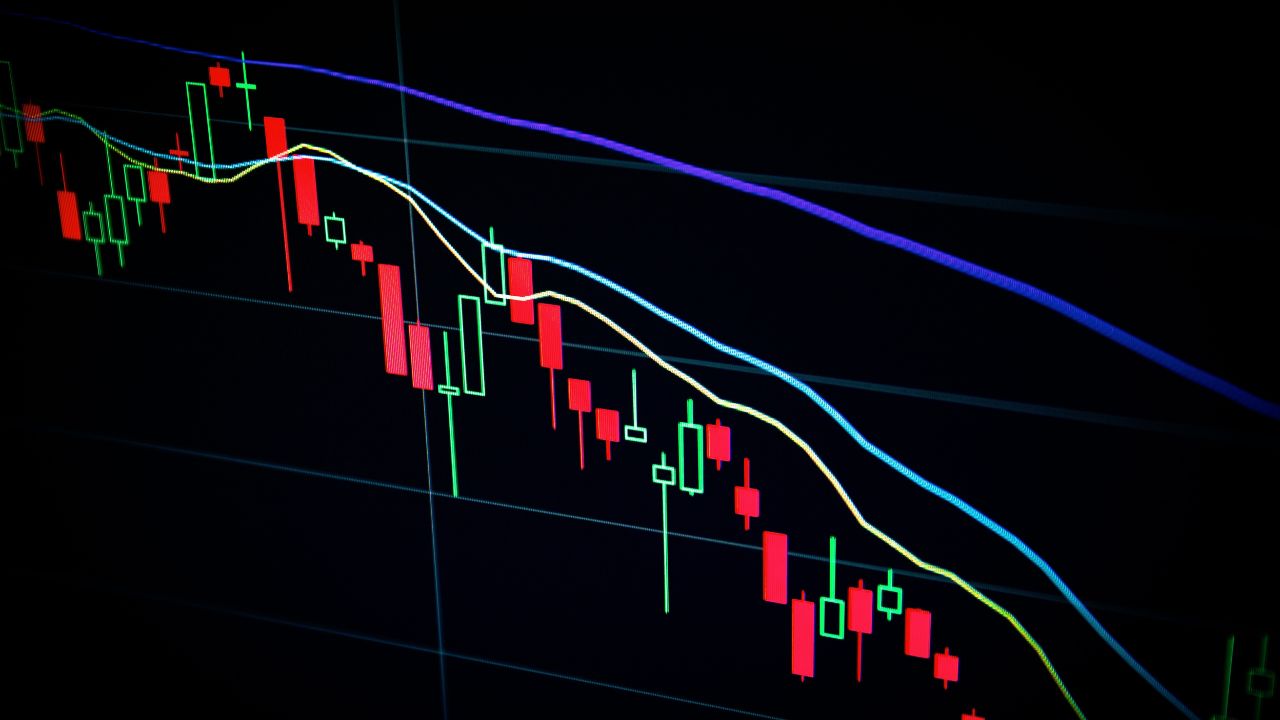What is a Stock?
A stock represents a share in the ownership of a company, including a claim on the company’s earnings and assets. As such, stockholders are partial owners of the company. When the value of the business rises or falls, so does the value of the stock. Ownership interest in a corporation that represents a claim on its earnings and assets. Discover undervalued stocks and make informed decisions.
What is a Ticker Symbol?
A ticker symbol is an arrangement of letters or characters that represent securities (stocks, mutual funds, etc.) that are publicly traded. When a company makes their securities available to the stock market, it establishes a unique ticker symbol. Then investors use the ticker symbol to place trades via an exchange like the New York Stock Exchange (NYSE) or the NASDAQ.
What are Stock Quotes?
Stock quotes provide pricing information for a particular stock including the bid and ask, last-traded price, and volume of shares traded. Stock quotes show a moment in time, meaning what the stock is trading for when the stock market is open (which can be moving up or down at any given time), and the last price of the day when the stock market closes at the end of the trading day.
What are Small-Cap, Mid-Cap and Large-Cap Stocks?
Small-, mid- and large-cap stocks are ways to categorize market capitalization, which is the total value of all the shares of a company’s stock. Very large companies like Apple and Alphabet (the holding company for Google) are considered large-cap stocks with market capitalizations starting at $10 billion. Stocks from relatively smaller companies are considered mid-cap or small-cap depending on how much all of the stocks they are issued are worth. Market capitalization for mid-cap stocks tends to be between $2 billion and $10 billion and for small-cap stocks between $300 million and $2 billion. As stock prices go up and down over time, market capitalization ranges and whether a stock is considered small-, mid- or large-cap changes over time as well.
What are Value & Growth Stocks?
Value and growth stocks are two different types of stock. Growth stocks are anticipated to grow at a rate above the average for the market. Value stocks are those that tend to trade at a lower price relative to their fundamentals. To determine whether a stock is underpriced, market analysts look at a company’s fundamentals (such as dividends, earnings, and sales) relative to its current share price. Growth stocks tend to be more volatile and generally do not pay dividends.
What is an IPO?
An Initial Public Offering (IPO) refers to the process of offering shares of a private corporation to the public in a new stock issuance. Public share issuance allows a company to raise capital from public investors.
What is a Penny Stock?
A stock that trades for less than $5 per share and is not traded on a stock exchange is commonly referred to as a penny stock.
What is a Stock Split?
A stock split is a type of corporate action that occurs when a company’s board of directors decides to divide the company’s outstanding shares into a larger or smaller number of shares. Splits are a change in the number of outstanding shares of a company’s stock without a change in shareholders’ ownership percentage in the company. For example, with a 2:1 split, a client will receive two shares for each share owned before and through the open on the security’s split ex-dividend (or “effective”) date. Also, the share price is adjusted so the value of one holding in the split stock is unchanged, absent any price changes post-split.
What is a Fractional Share?
A fractional share represents less than one full share of ownership in a company. It allows you to place an order based on the dollar amount you want to invest, so you may end up with a fraction of a share, a whole share, or more than one share.
What are the Stock Sectors?
- Communication: cable, wireless and other communication providers
- Discretionary: sensitive to economic cycles, declines in discretionary incomes, rising employment and rising interest rates
- Energy: the price of oil and natural gas, declining production volumes and political uncertainties in foreign countries
- Financials: sensitive to the economy, interest rates and increased regulation
- Healthcare: risk of unexpected product failures, government price controls and intensifying competition
- Industrials: sensitive to business spending and commodity prices
- Materials: Global economy and competition
- Real Estate: Interest rate risk
- Staples: subject to shifts in consumer spending
- Technology: shifts in consumer discretionary spending and pricing pressure
- Utilities: mild weather and the price of oil and gas
What Stock Exchanges Do I Cover?
- NASDAQ
- New York Stock Exchange (NYSE)
- Toronto Stock Exchange (TSX)





